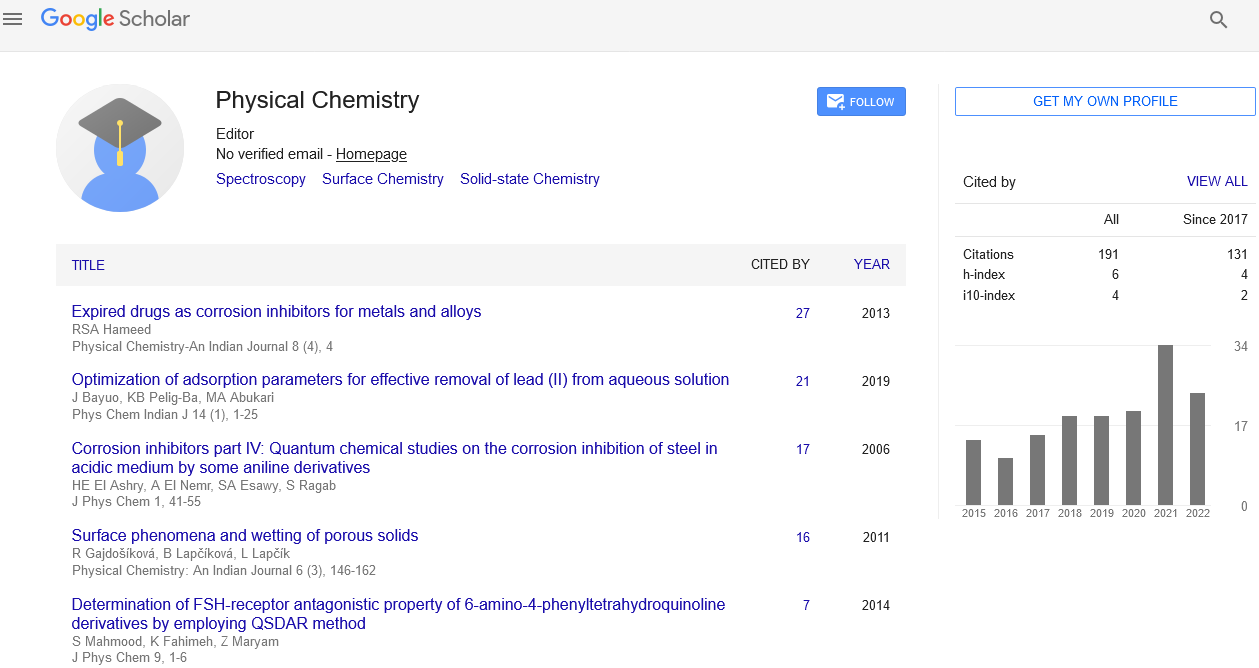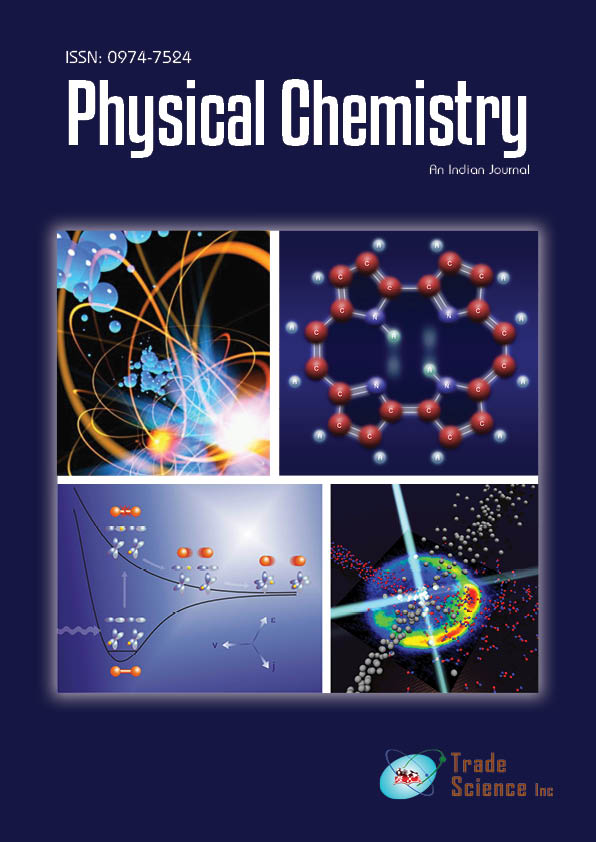Editorial
, Volume: 16( 3)Chemical Kinetics
- *Correspondence:
- Aakshi Kainthola
Department of Life Sciences,
Graphic Era Deemed to be University,
Dehradun,
India,
E-mail: aakshi.kan7@gmail.com
Received: May 9, 2021; Accepted: May 13, 2021; Published: May 18, 2021
Citation: Kainthola A. Chemical Kinetics. Phys Chem Ind J. 2021;16(3):142.
Abstract
Editorial
Chemical kinetics, usually referred to as reaction kinetics, is a discipline of physical chemistry concerned with the speeds of chemical reactions. It contrasts with thermodynamics, which deals with the direction in which a process occurs but does not reveal the rate of the process. The main prerequisite for a reaction to take place is that the reactant particles (atoms or molecules) collide and interact in some way. This is the core principle of the collision model, which is used to explain a lot of chemical kinetics findings. One reason for kinetics' relevance is that it gives evidence for chemical process mechanisms. Knowledge of reaction mechanisms is useful in determining the most effective approach to get a reaction to occur, in addition to being of intrinsic scientific interest.
Reaction rate
The rate of a reaction is measured by how quickly the products are created and the reactants (the reacting substances) are consumed. It is common to deal with substance concentrations in chemical systems, which are defined as the amount of substance per unit of volume. The concentration of a material eaten or produced in unit time can thus be described as the rate. It's sometimes easier to express rates as the number of molecules generated or consumed per unit of time.
Factors affecting reaction rate
• Physical state: The physical state of a reactant (solid, liquid, or gas) is also a significant determinant in the rate of change. Thermal motion brings reactants into touch when they are in the same phase, as in an aqueous solution. The reaction is limited to the interface between the reactants when they are in distinct stages
• Nature of the Reactants: The rate of reaction varies based on the components involved. Acid/base reactions, salt production, and ion exchange are all examples of quick reactions. The reactions tend to be slower when covalent bonds are formed between molecules and when big molecules are created
• Concentrations: Collisions of reactant species cause the reactions. The rate at which molecules or ions collide is determined by their concentrations. The molecules are more likely to clash and react with one another as they get more crowded
• Temperature: The rate of a chemical reaction is frequently influenced by temperature. Molecules with more thermal energy are found at higher temperatures. Although the number of collisions is larger at higher temperatures, this alone accounts for just a minor percentage of the rise in reaction rate
• Catalyst: A catalyst is a substance that changes the rate of a chemical reaction but does not change the chemical nature of the reaction. The catalyst speeds up the process by introducing a novel reaction pathway that has a lower activation energy
• Pressure: In a gaseous process, increasing the pressure increases the number of collisions between reactants, which speeds up the reaction. This is due to the fact that a gas's activity is proportional to its partial pressure. This is comparable to the impact of increasing a solution's concentration

